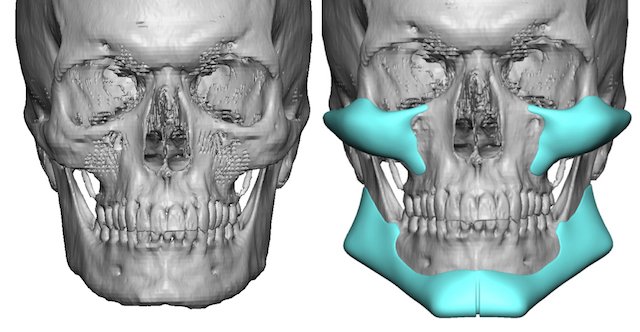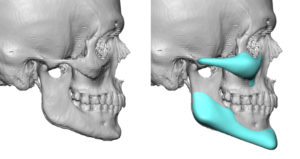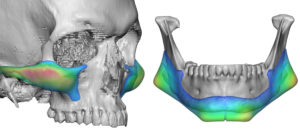Background: The external appearance of the face is highly influenced by its bony foundation. While the overlying soft tissue also makes important contributions the overall gestalt of the face is framed by its skeletal structure. Such influences are well known by many of the basic gender differences in the male and female face and is why different procedures exist for both facial feminization masculinization surgery
While facial feminization always involve bone reduction procedures, facial masculinization requires a bone augmentation approach. The typical procedures involves linear types of enhancement to the jawline and cheeks. While often not thought of as linear structures the cheek line and jawline represent two levels of the face which create distinct lines…which artists historically create in their drawings of the strong male face.
While standard cheek, chin and jaw angles implants can be used, they usually lack the ability to create the best facial lines because they are either not long enough and augment the right horizontal level (cheeks) or are not connected. (chin and jaw angles) Custom designed cheek and jawline implants are far superior because they cover the right bony surface areas and do in a connected/extended fashion.
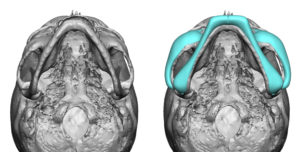
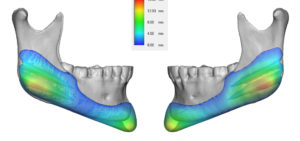
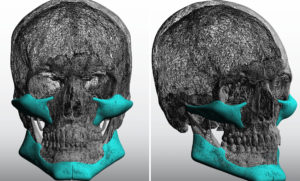
Case Highlights:
1) Male facial masculinization surgery consists of skeletal augmentation of the jawline and cheeks.
2) Custom cheek and jawline implants is the best approach for optimal augmentation of the facial bone structure.
3) Strong or ultra facial masculinization requires implant designs that have substantial dimensions.
Dr. Barry Eppley
Indianapolis, Indiana

